|
I've been absolutely terrified every moment of my life - and I've never let it keep me from doing a single thing I wanted to do.
-Georgia O'Keeffe
Do you constantly ask yourself questions like “Am I doing this right?”, “Who am I kidding? I’m not an artist.”, or “Who am I to be making time for art?” when working on a new piece? Have you ever felt inadequate, like you don’t belong someplace (an art class, art event, art supply store, etc.) or among a group of other artists, even though you’re deeply passionate about being there and share common interests with those around you? Ever struggled with feeling like a fraud, or like someone’s going to pop up and tell you you’re doing it all wrong, even though you’ve been working hard at improving artistically? If you responded ‘yes’ to any or all of these, chances are you’ve struggled (or are struggling) with good ol' Imposter Syndrome. And you’re not alone. It hits so many artists and creatives of all kinds… pretty much most people who’re doing anything big or uncommon. Just in case you’ve never heard of Imposter Syndrome before, Merriam-Webster dictionary defines it as: ’A false and sometimes crippling belief that one's successes are the product of luck or fraud rather than skill. A pervasive feeling of self-doubt, insecurity, or fraudulence despite often overwhelming evidence to the contrary.’ People who’ve accomplished amazing things have described feeling this way at some point, including Albert Einstein, Maya Angelou, Tom Hanks and David Bowie. Today, I’ll be sharing a few tips that always help me overcome Imposter Syndrome when I feel it creep up. I wanted to get this information and tips out there, as I see so many community members and students struggling, and I’m aware of how paralyzing these negative thoughts/feelings can be. But first, let’s go over a few signs you may be experiencing Imposter Syndrome as an artist, as well as why this phenomenon tends to happen to us so frequently.
|
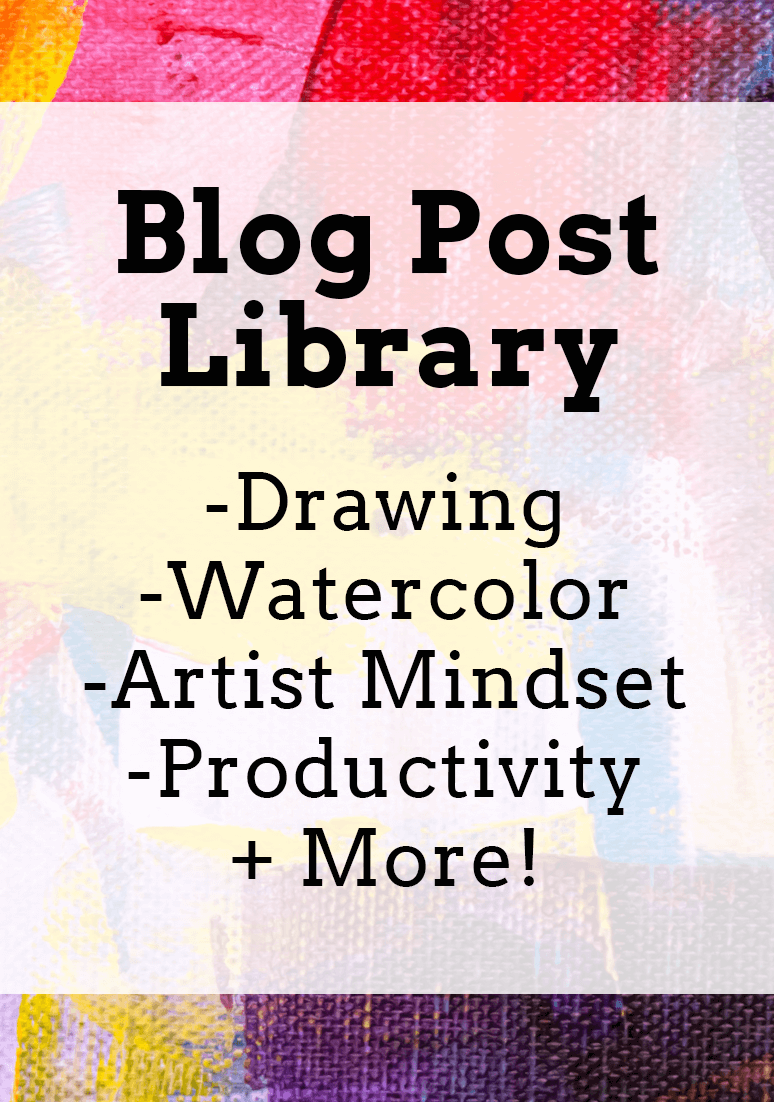
www.erikalancaster.com
is a participant in the Amazon Services LLC Associates Program, an affiliate advertising program designed to provide a means for sites to earn advertising fees by advertising and linking to amazon.com. www.erikalancaster.com is a participant in the Shareasale.com Affiliate Program, an affiliate advertising program designed to provide a means for sites to earn advertising fees by advertising and linking to Shareasale.com partner companies. |

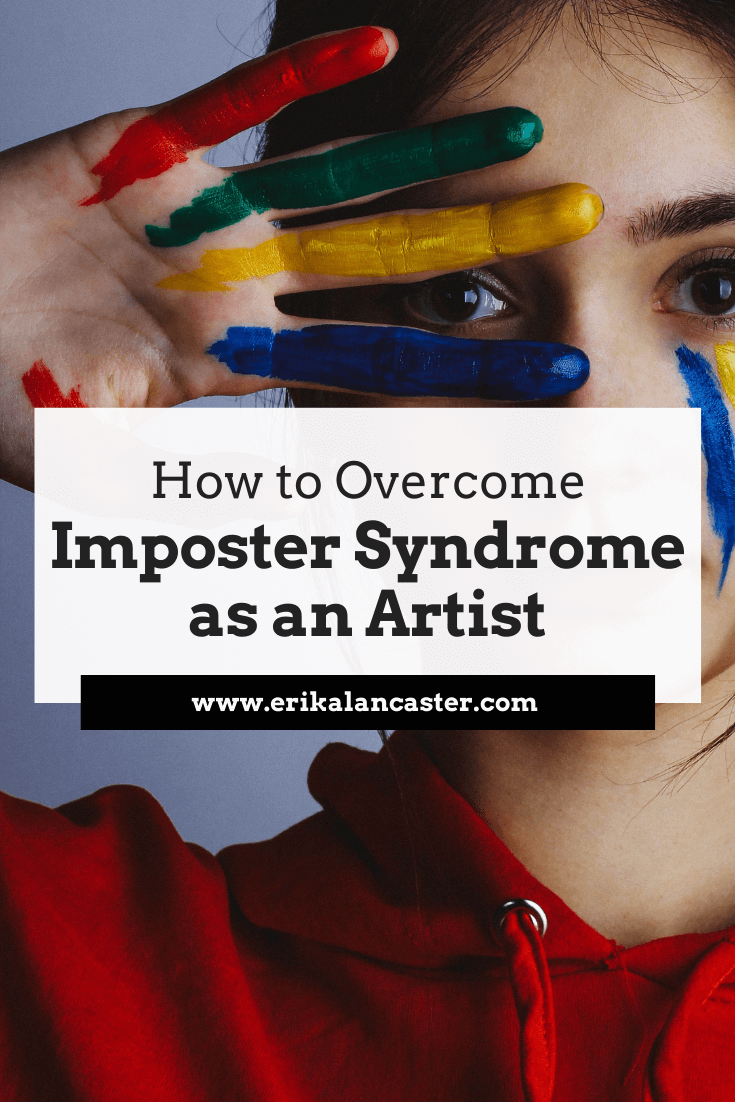
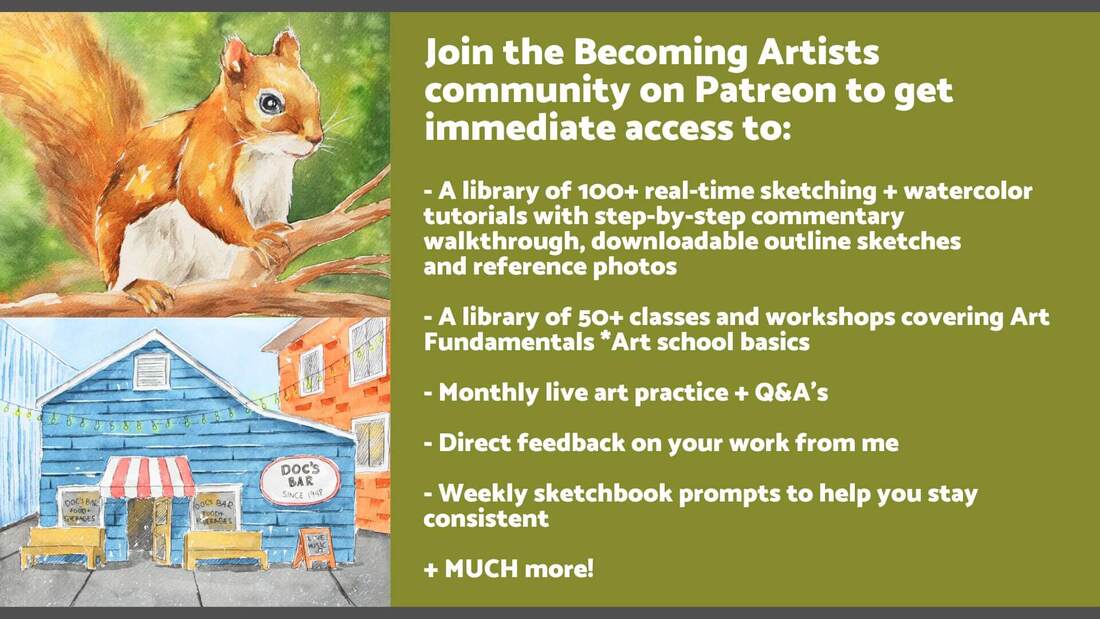
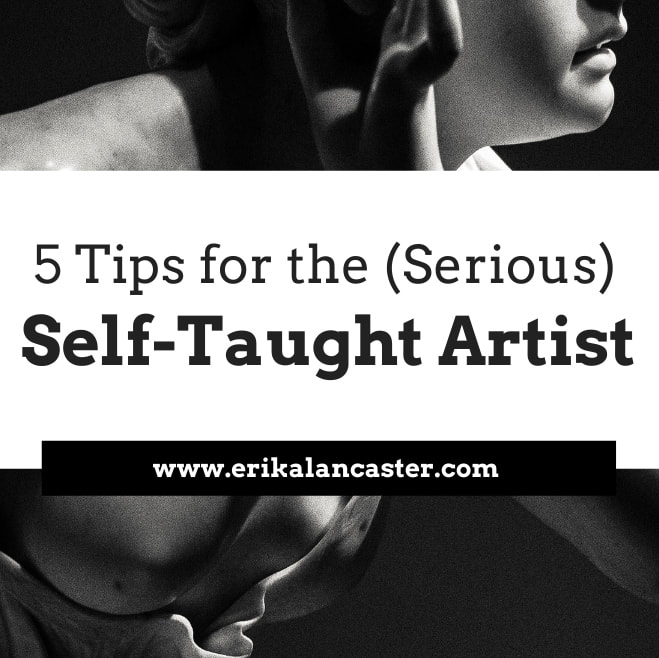
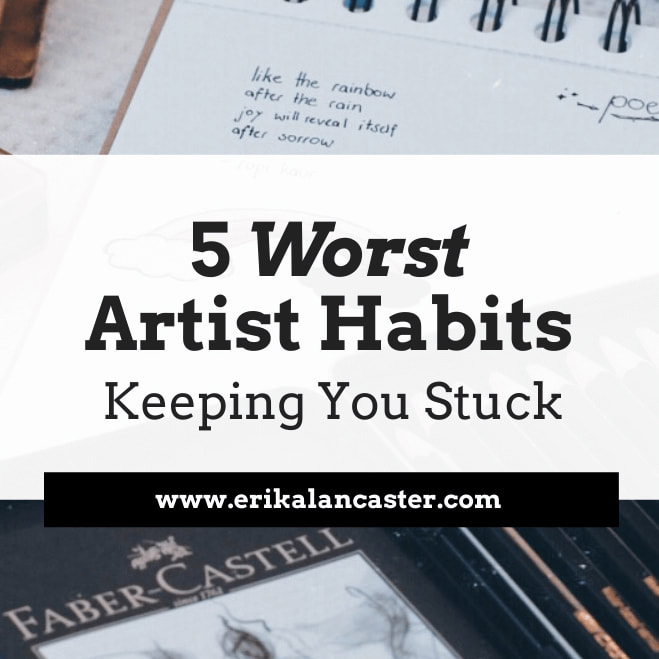
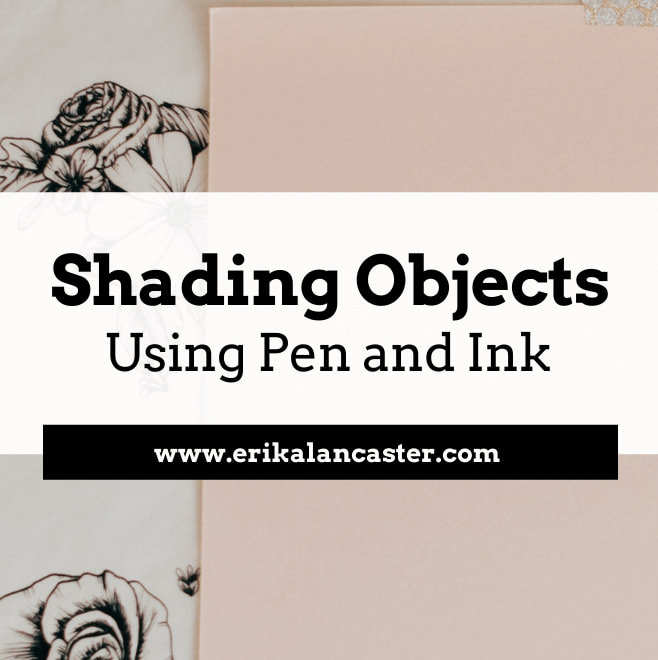
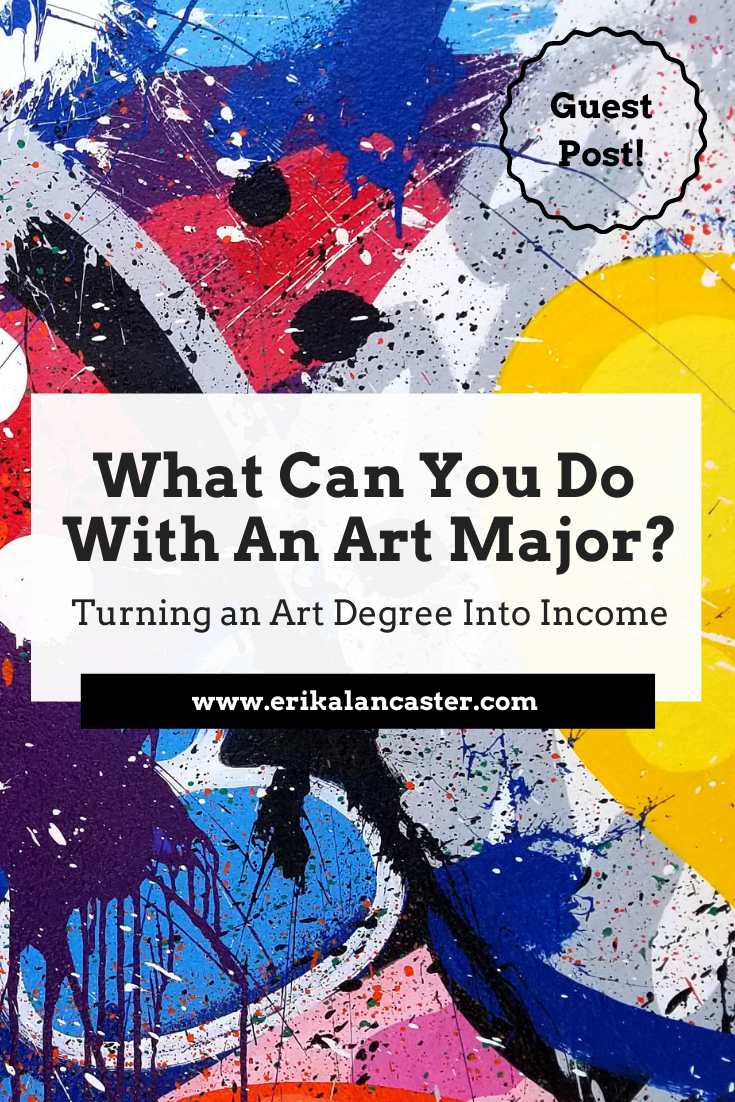
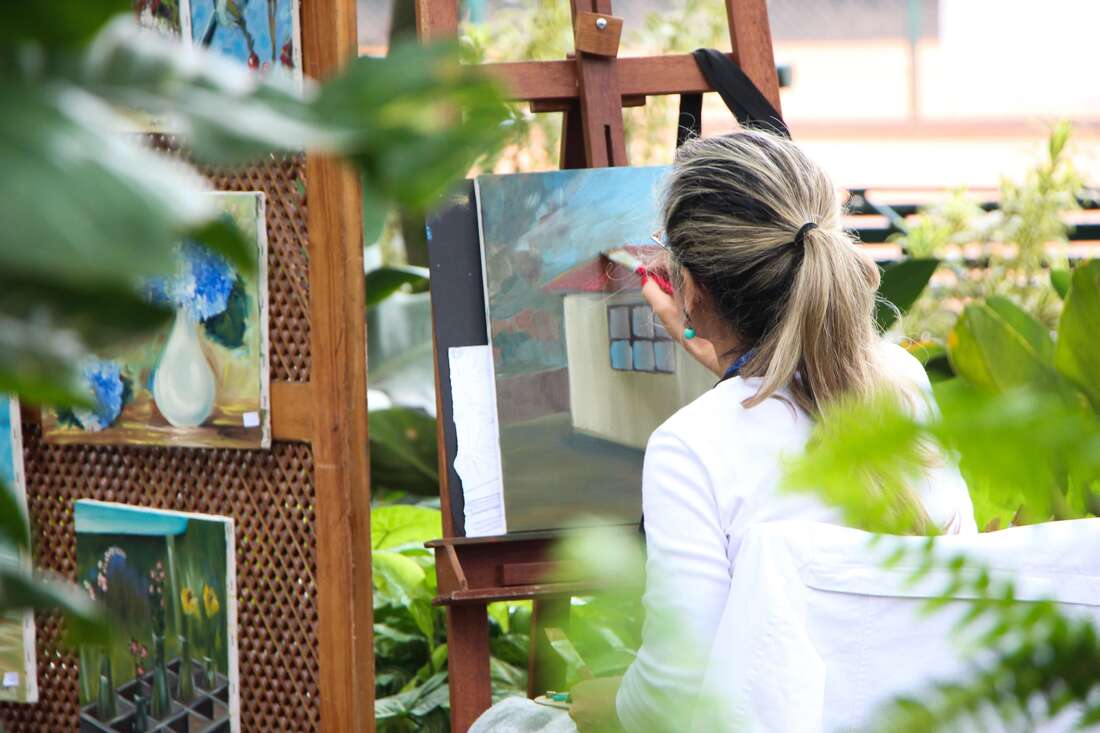

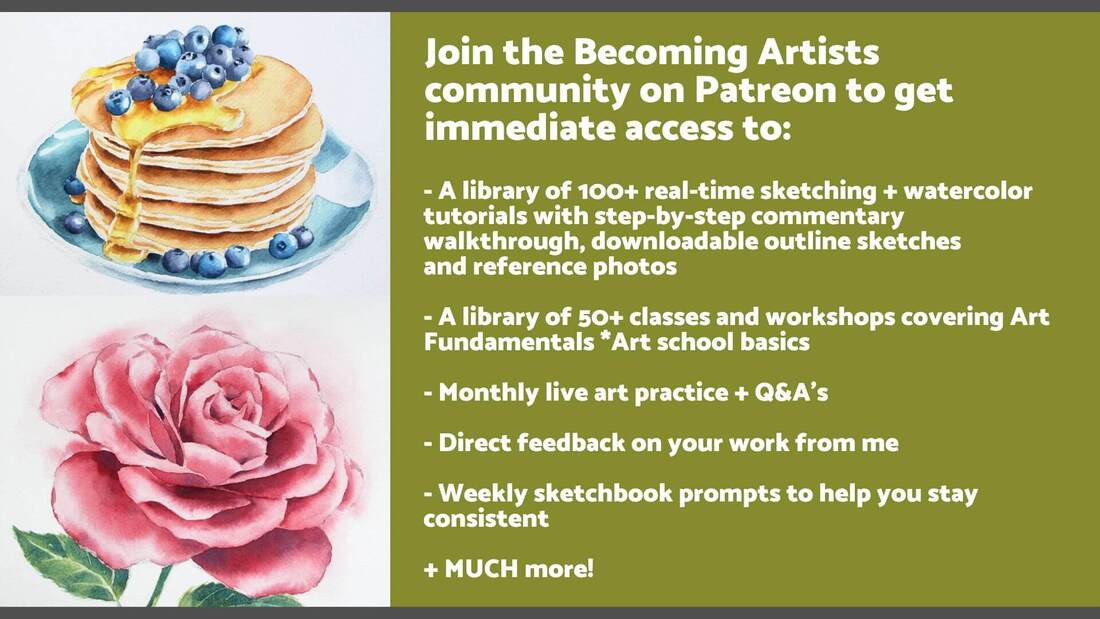
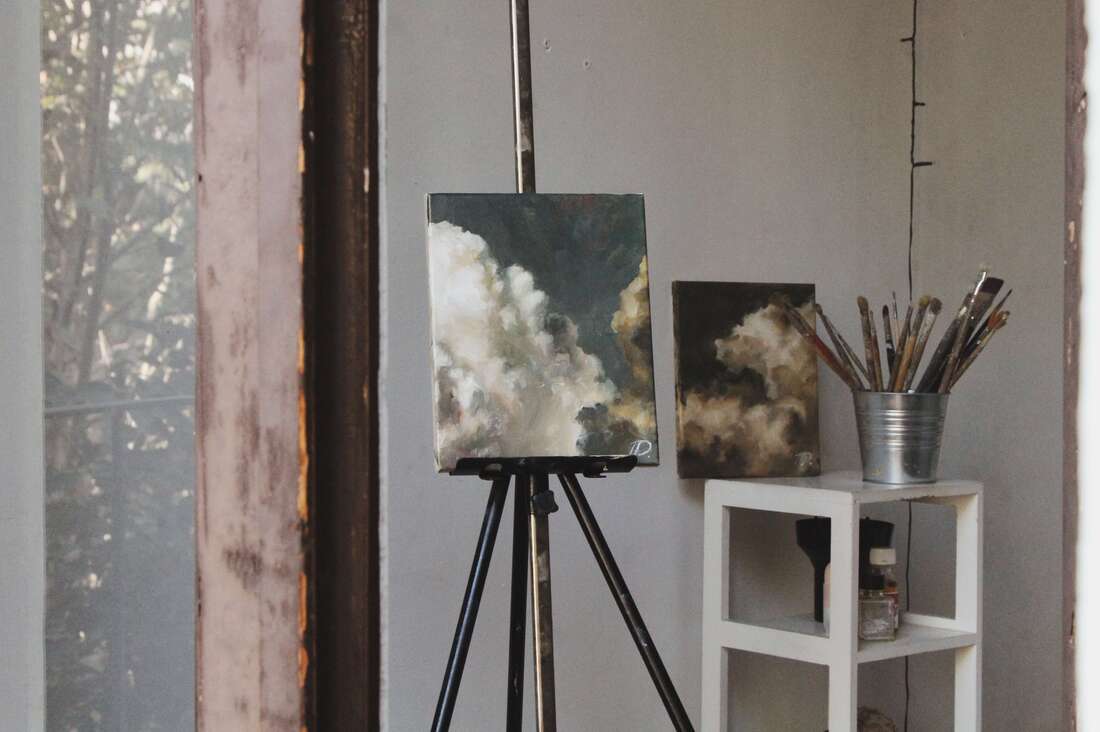
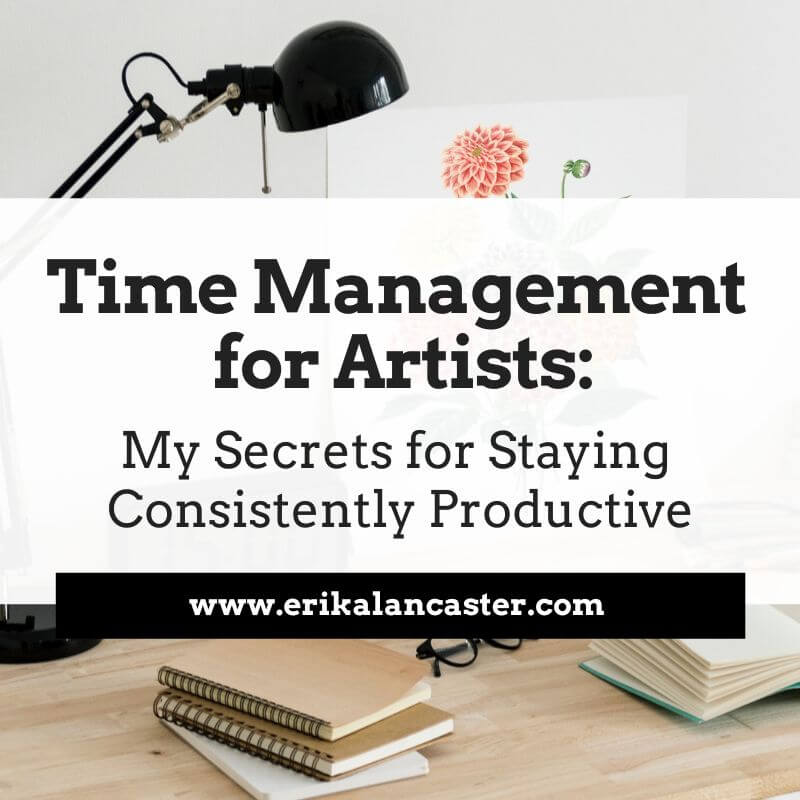
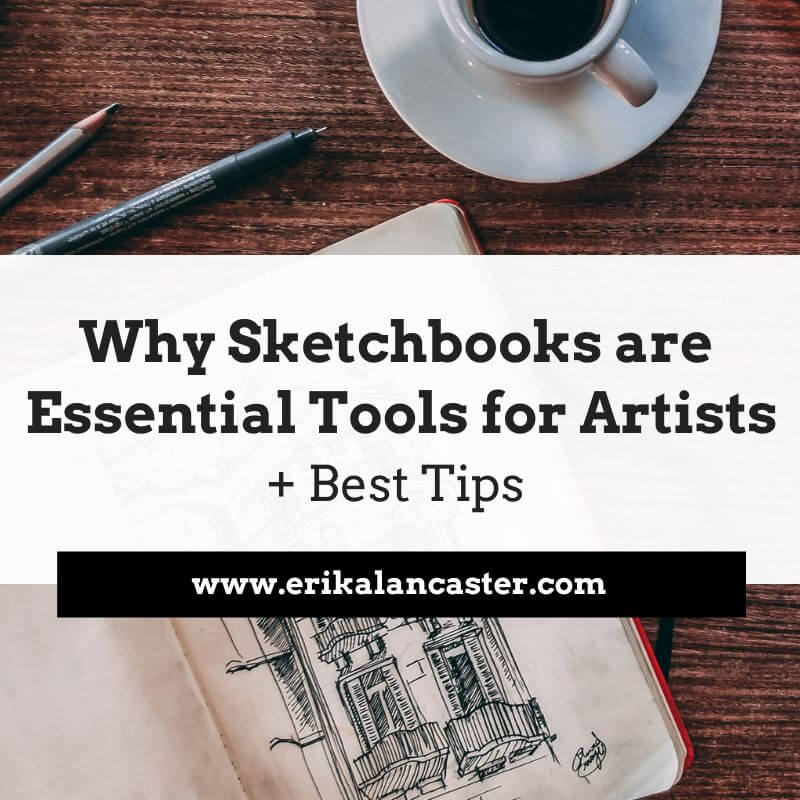
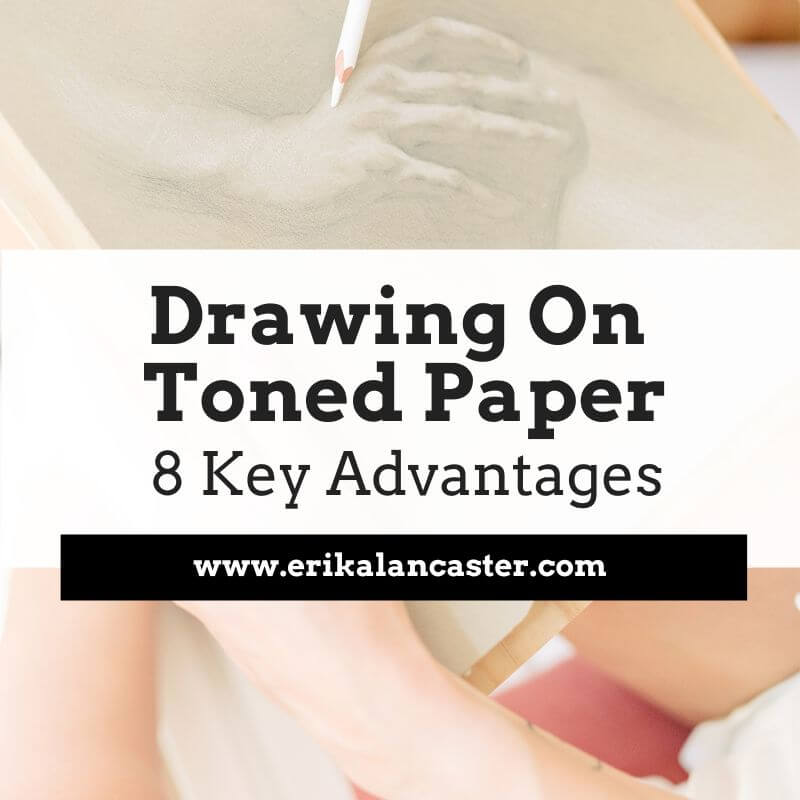
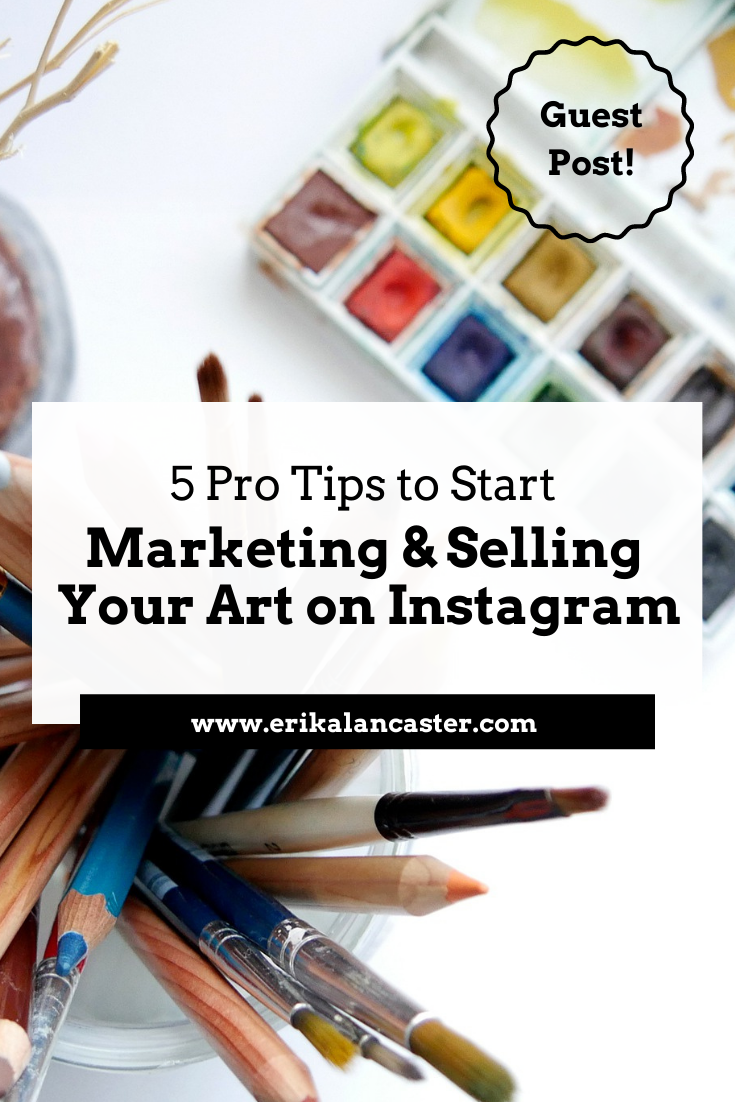
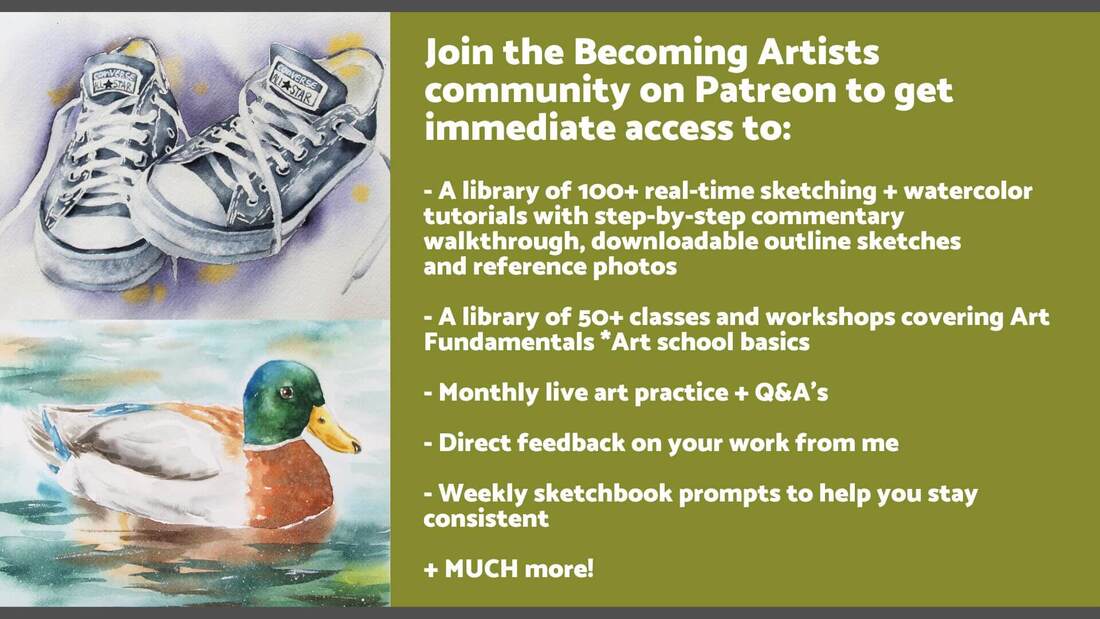
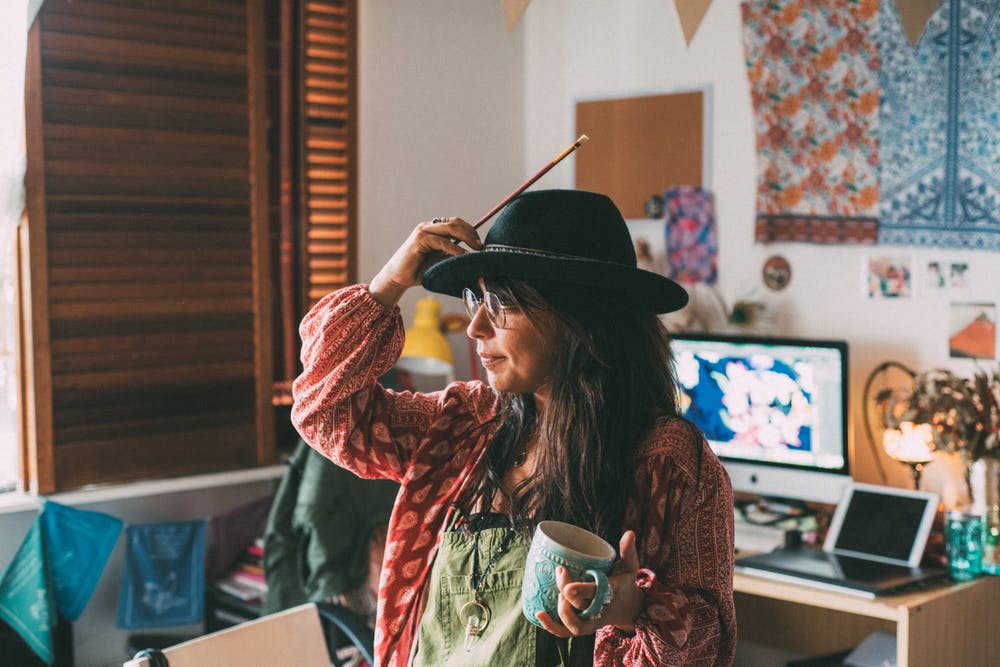
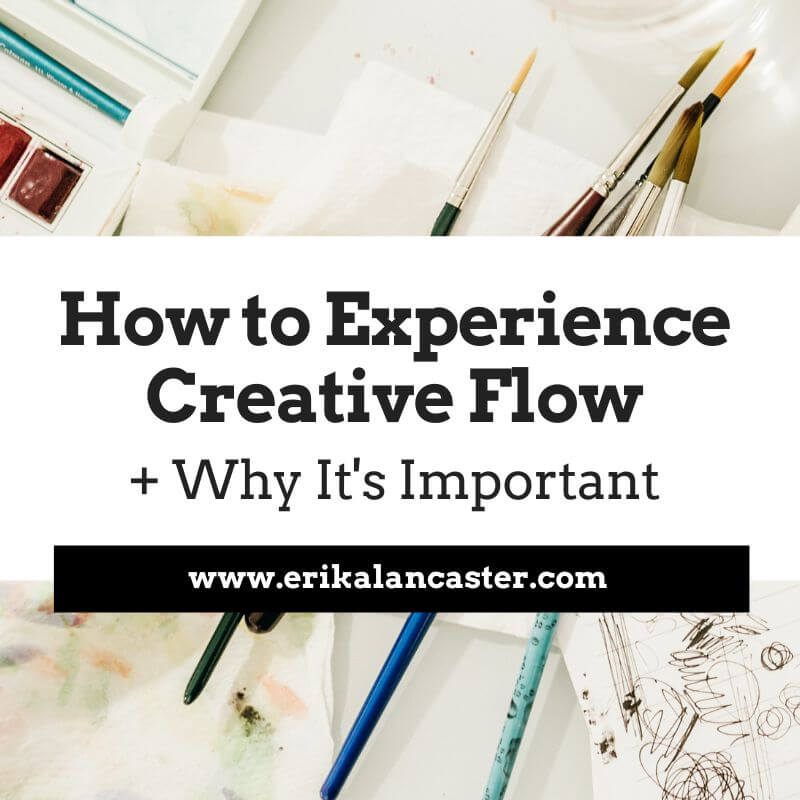
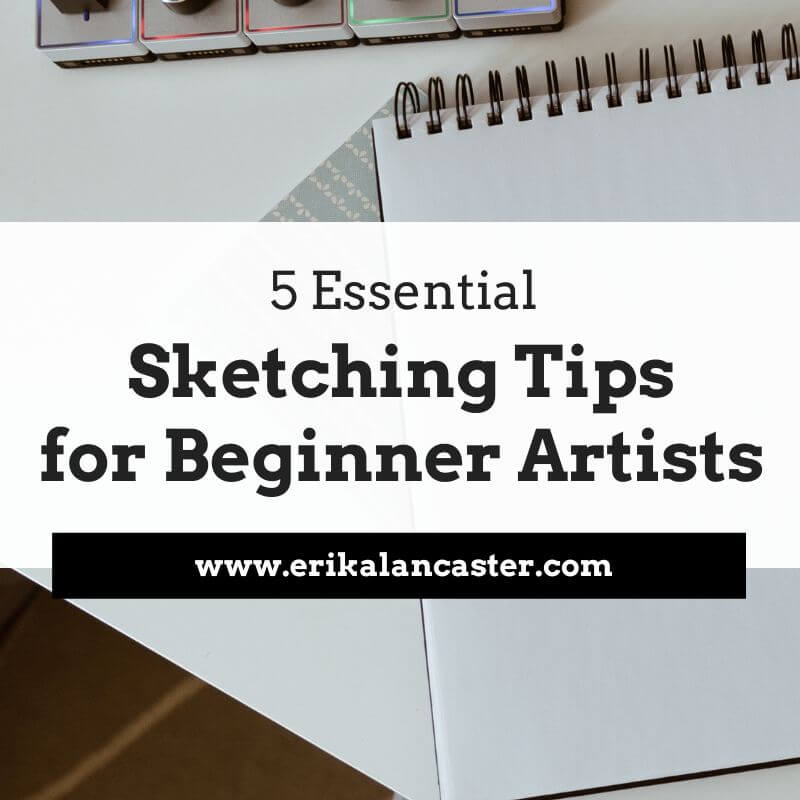
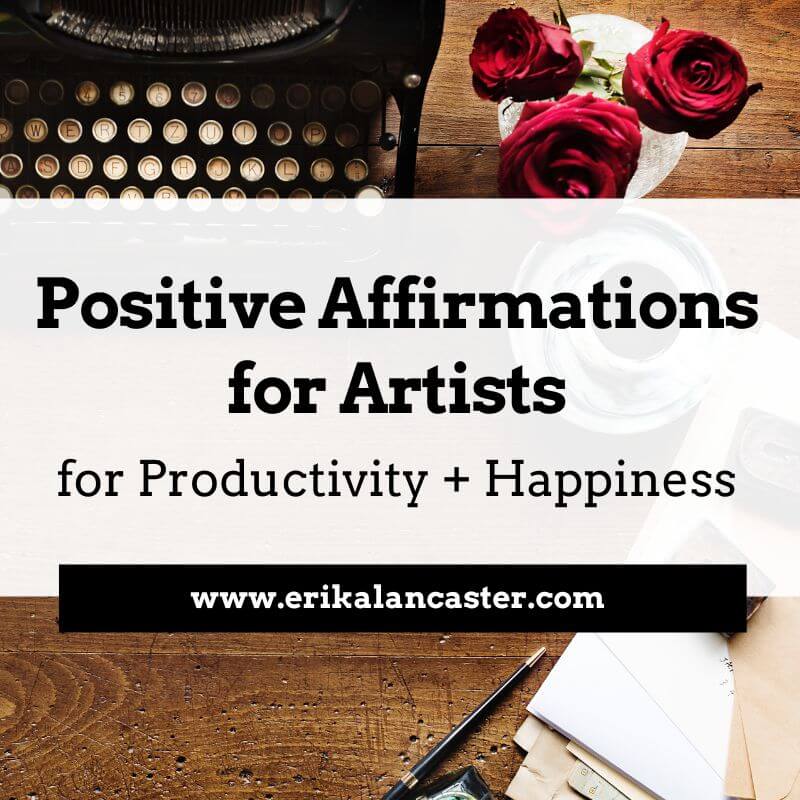
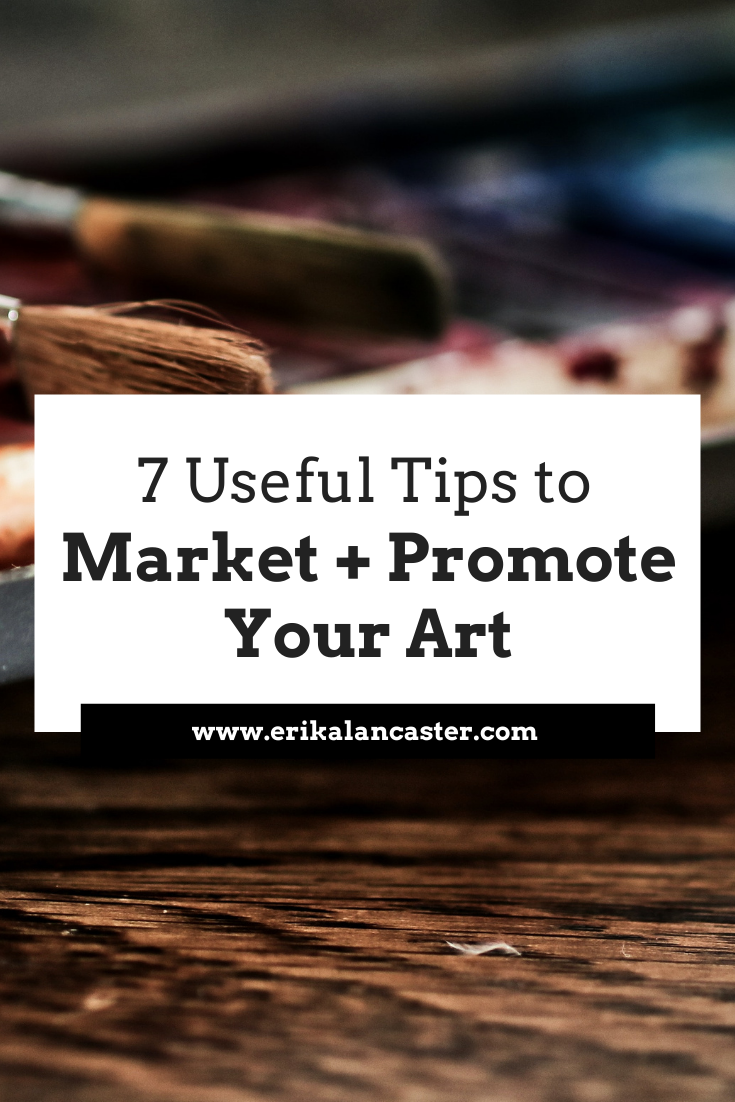

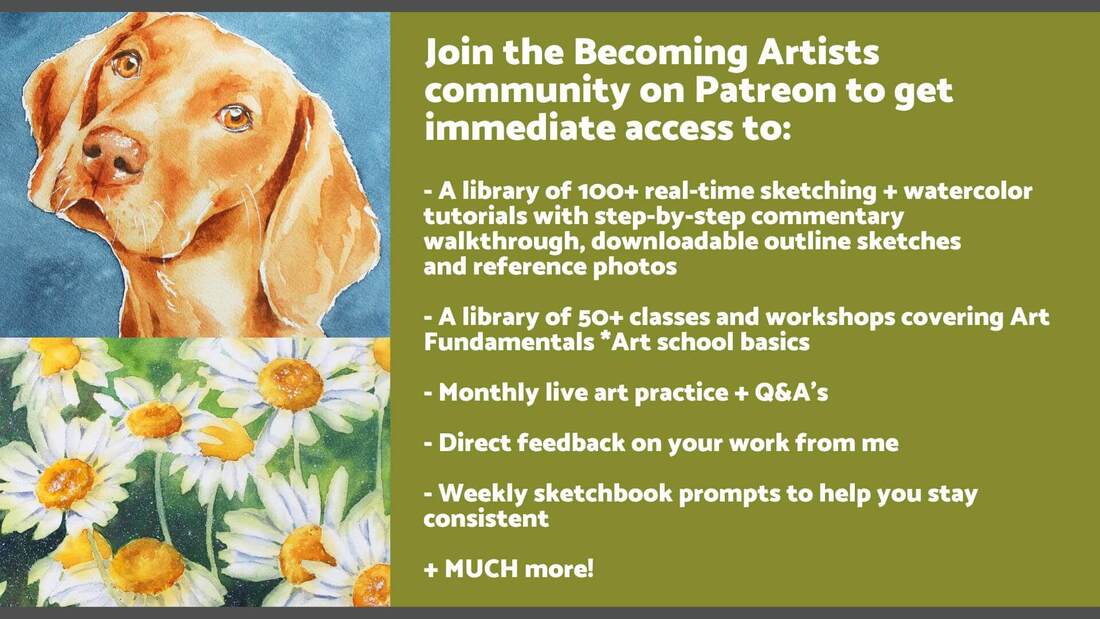
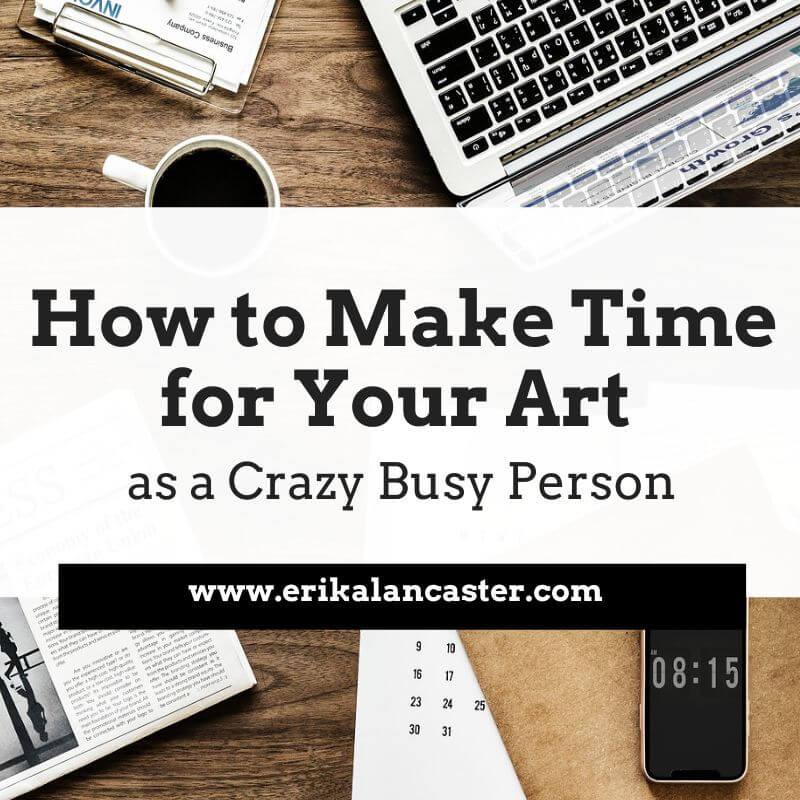
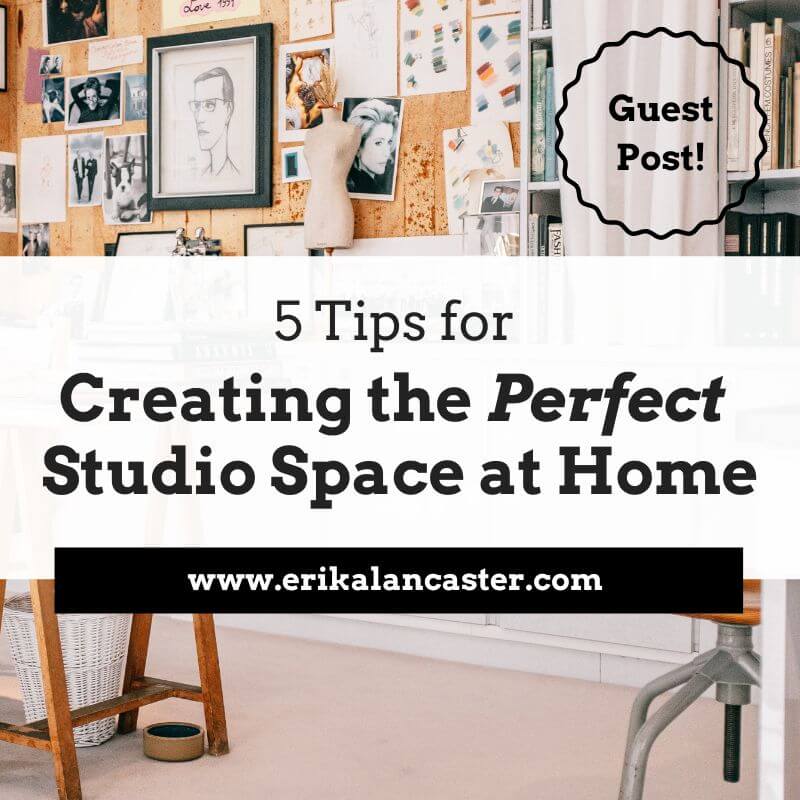
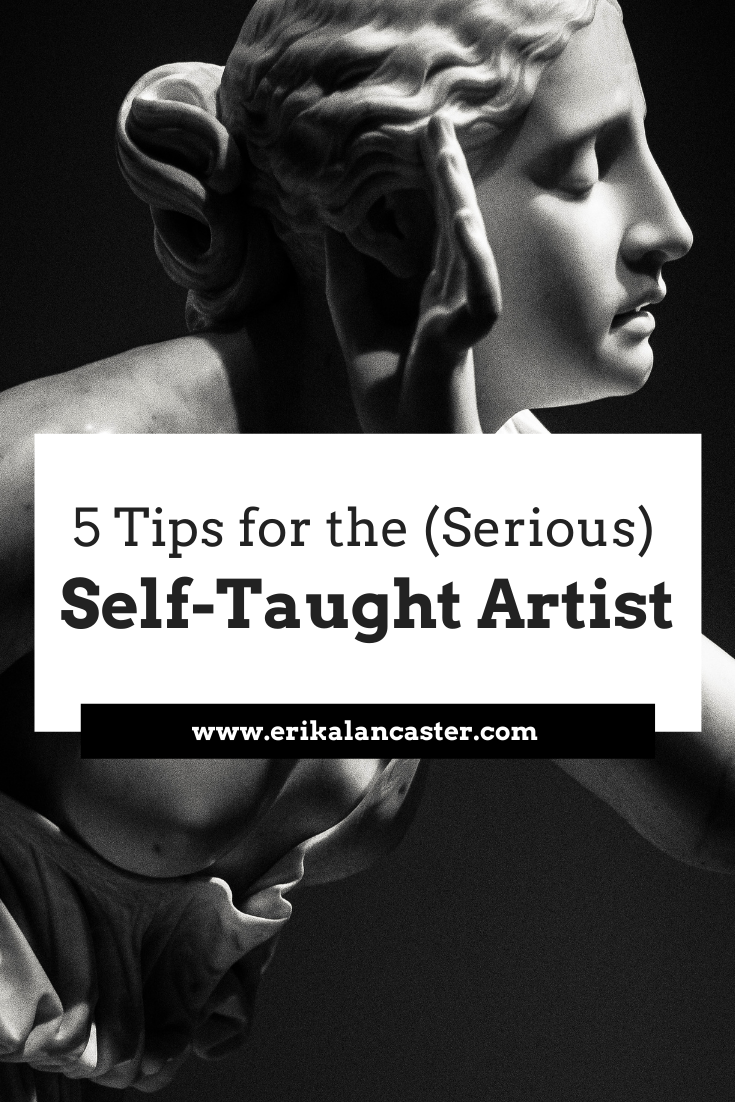
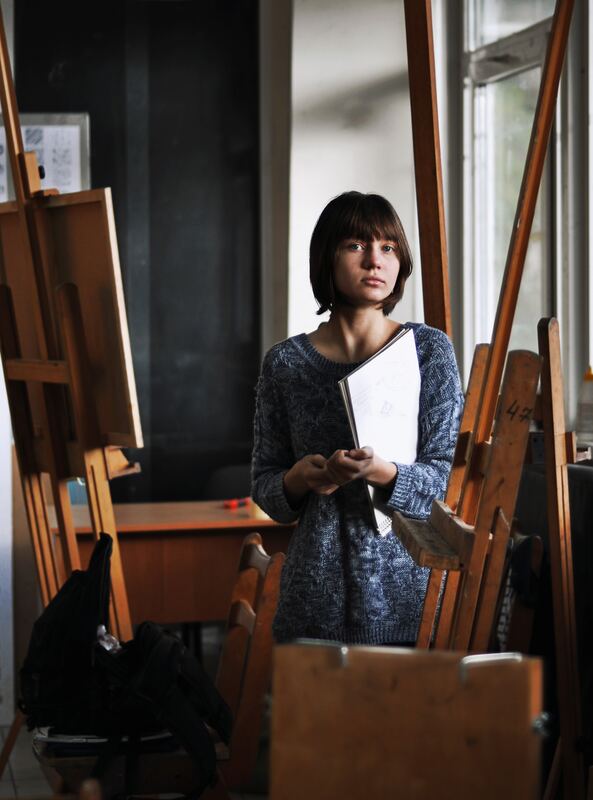
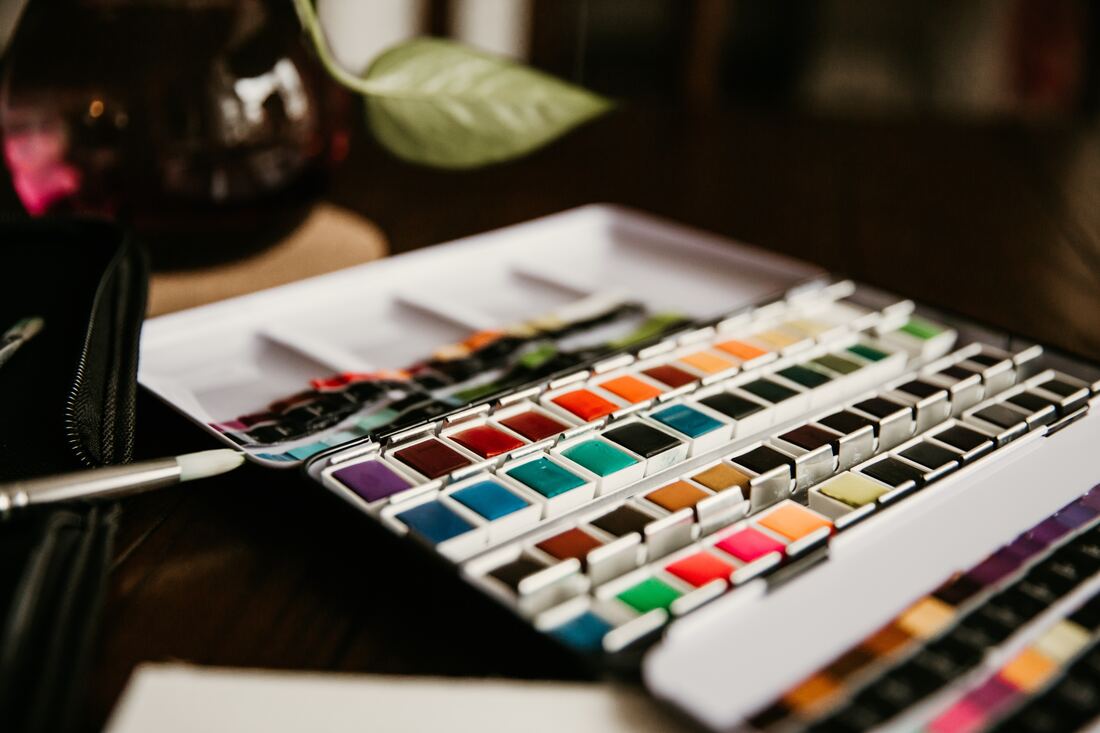
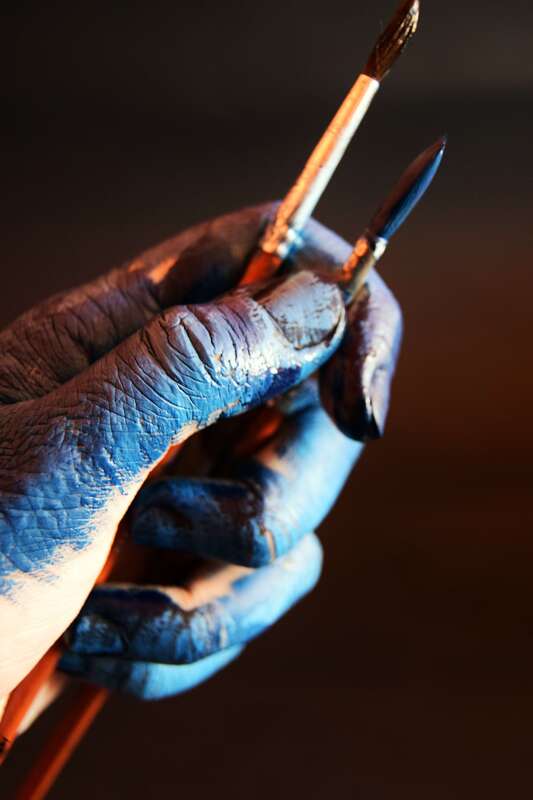

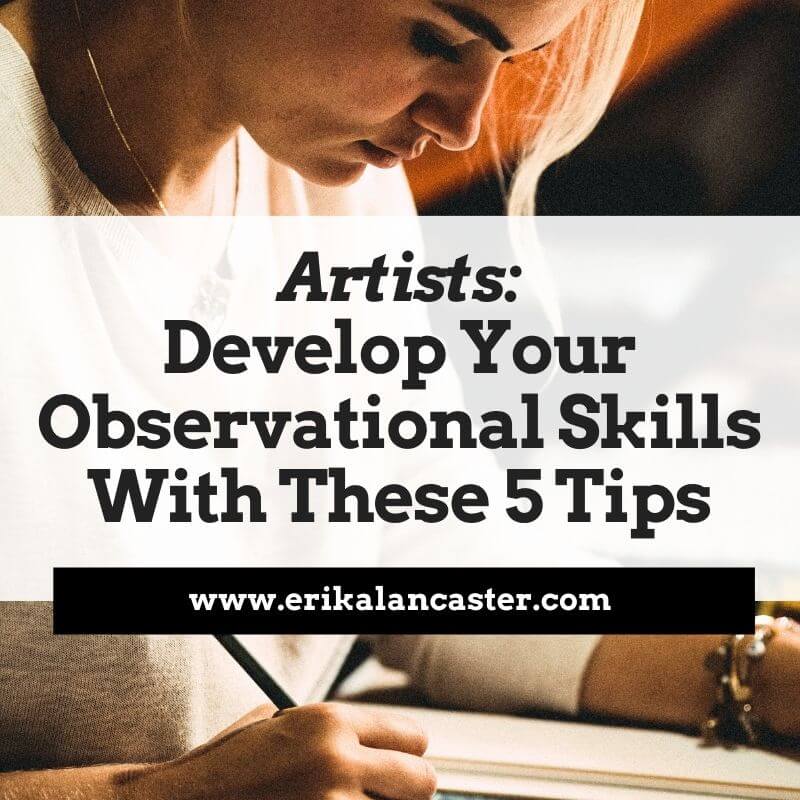
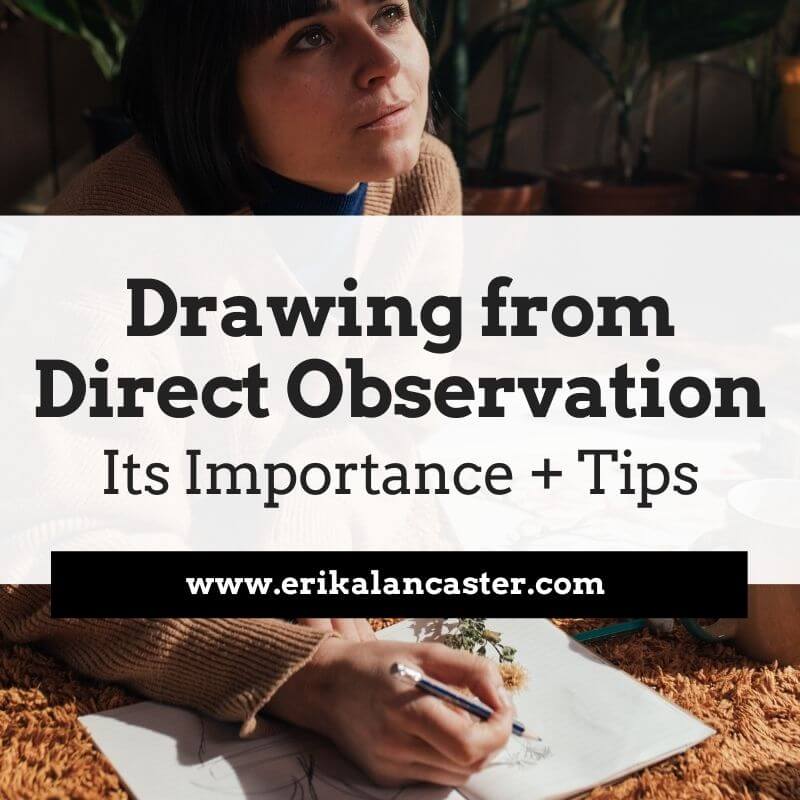
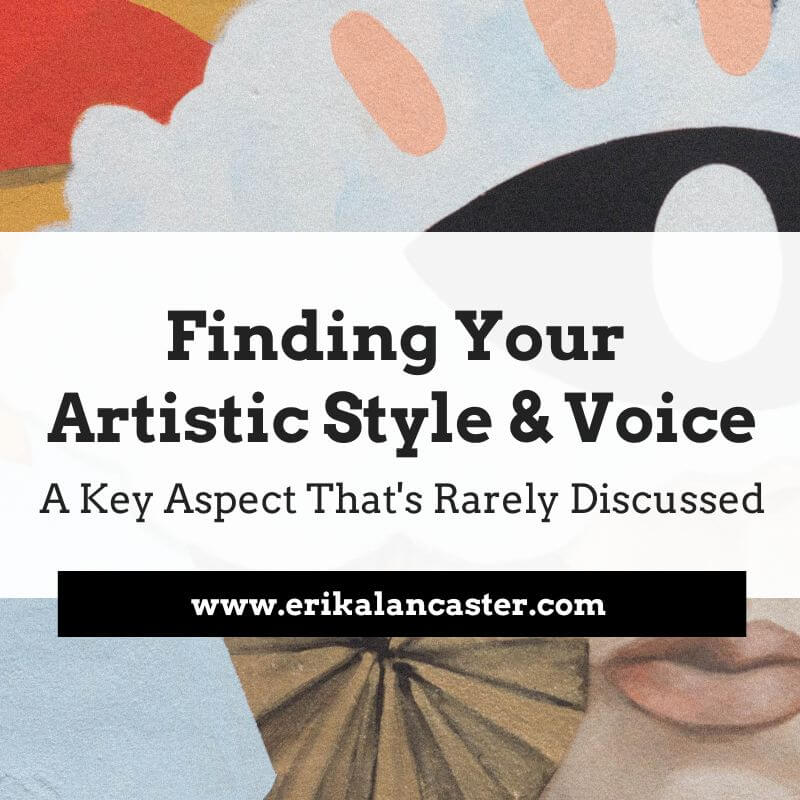
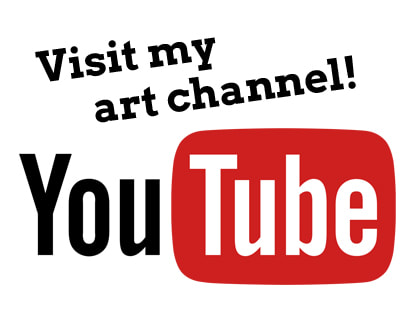

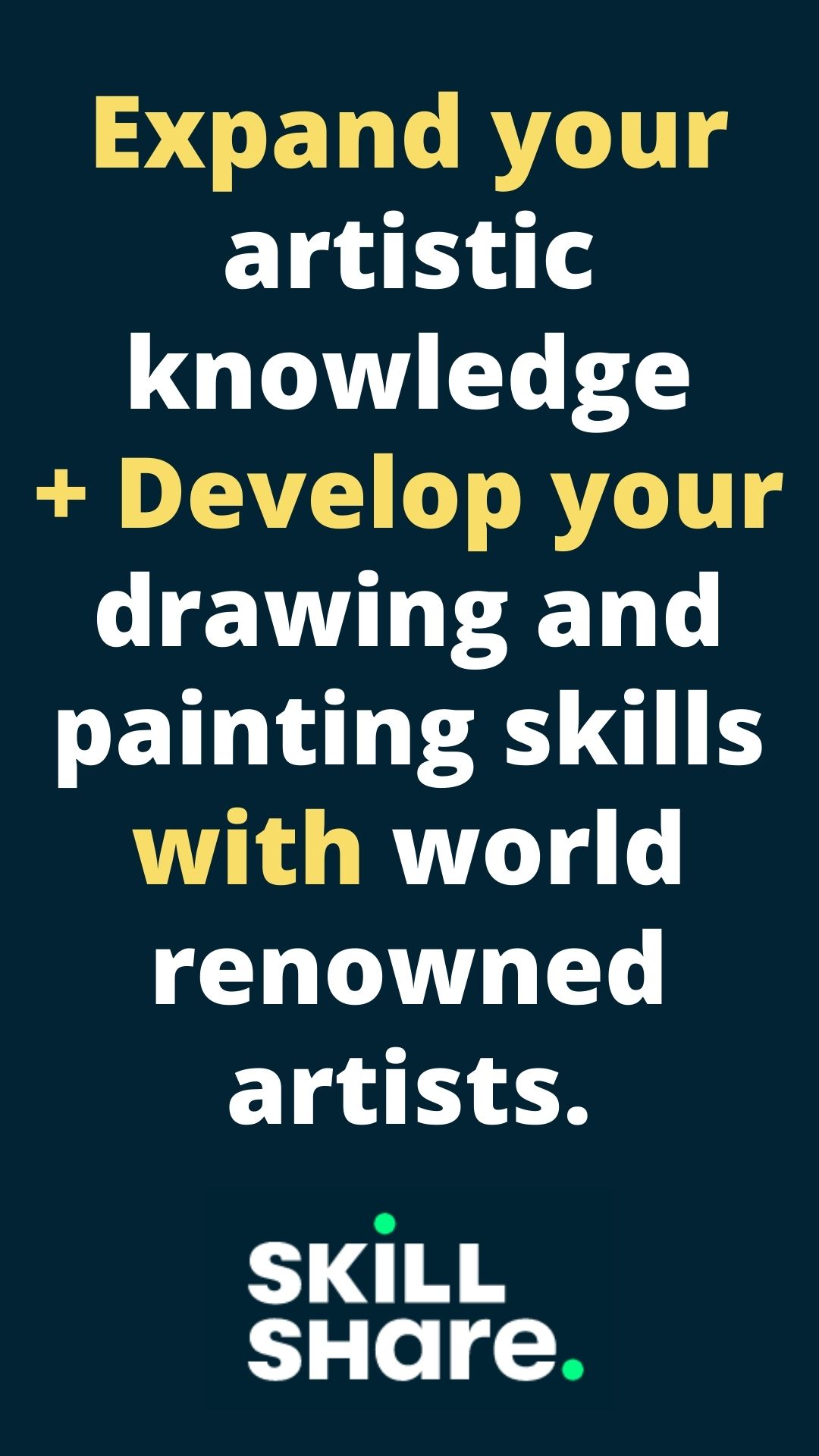

 RSS Feed
RSS Feed

